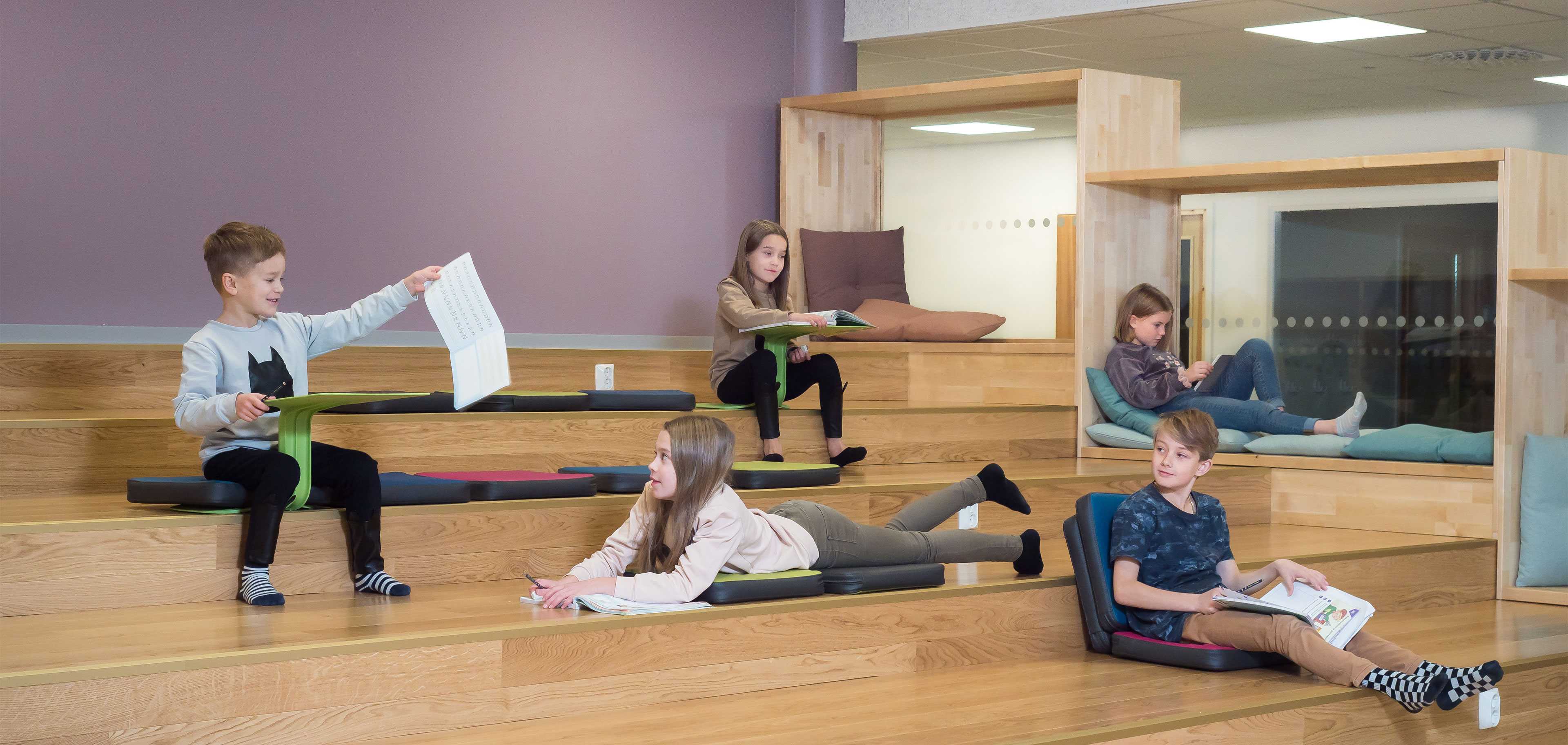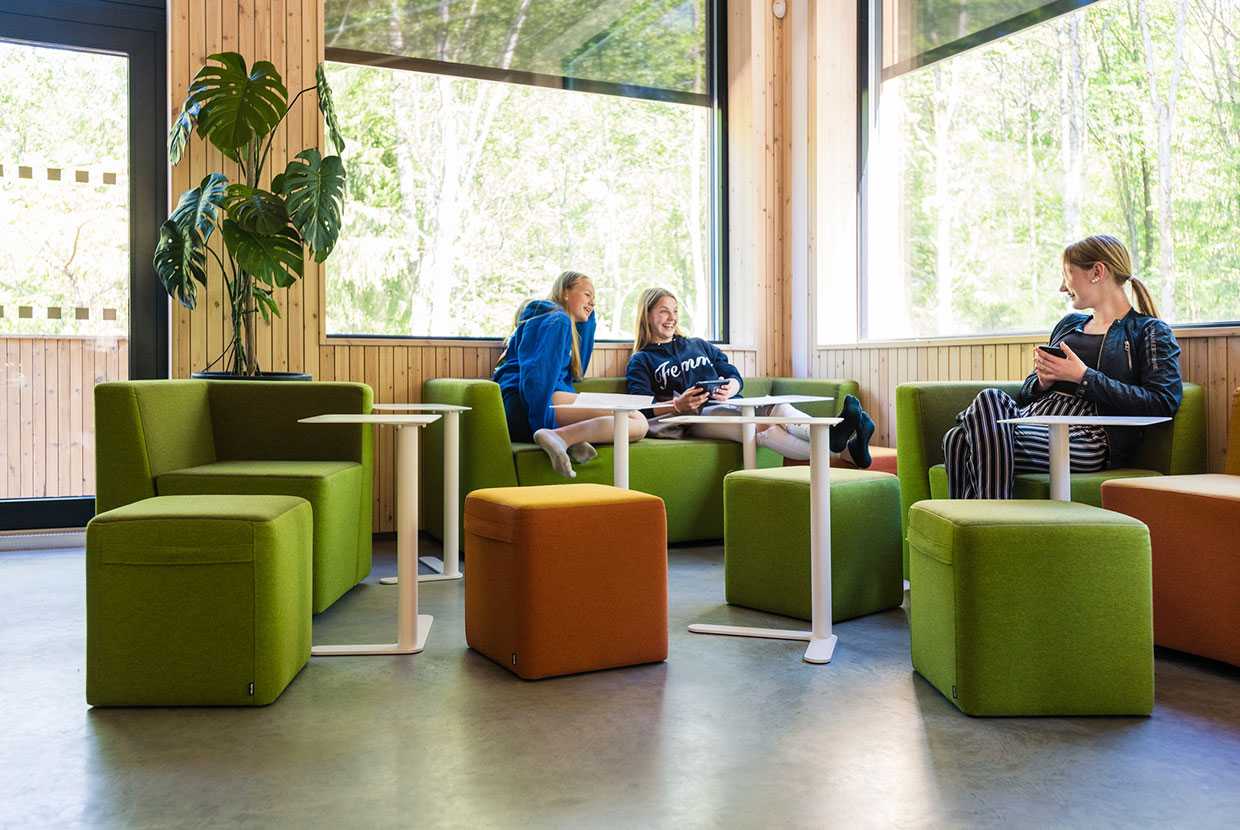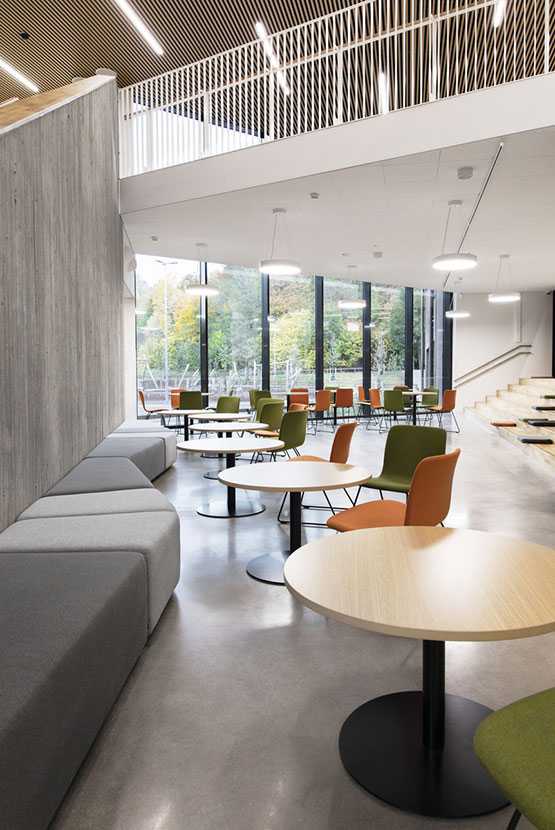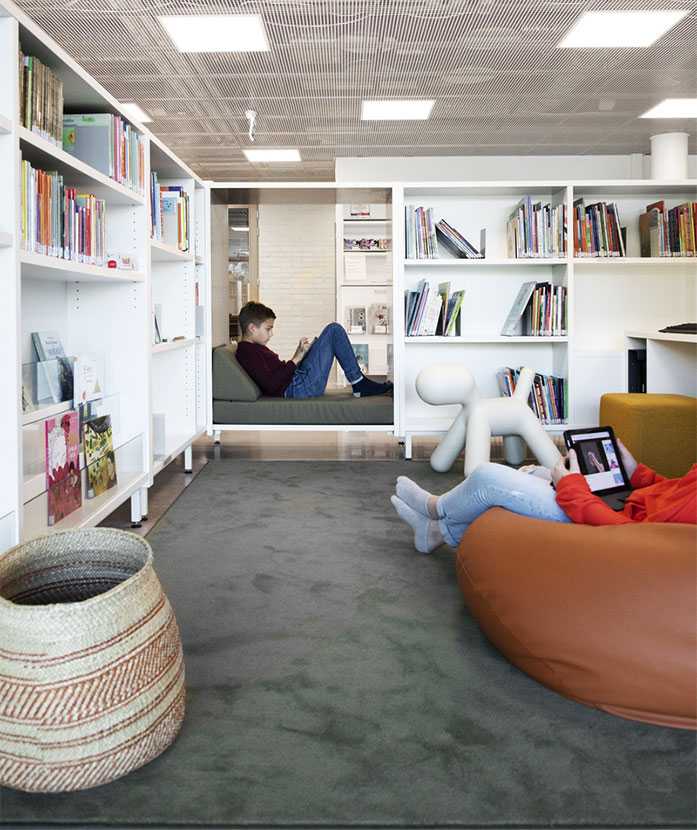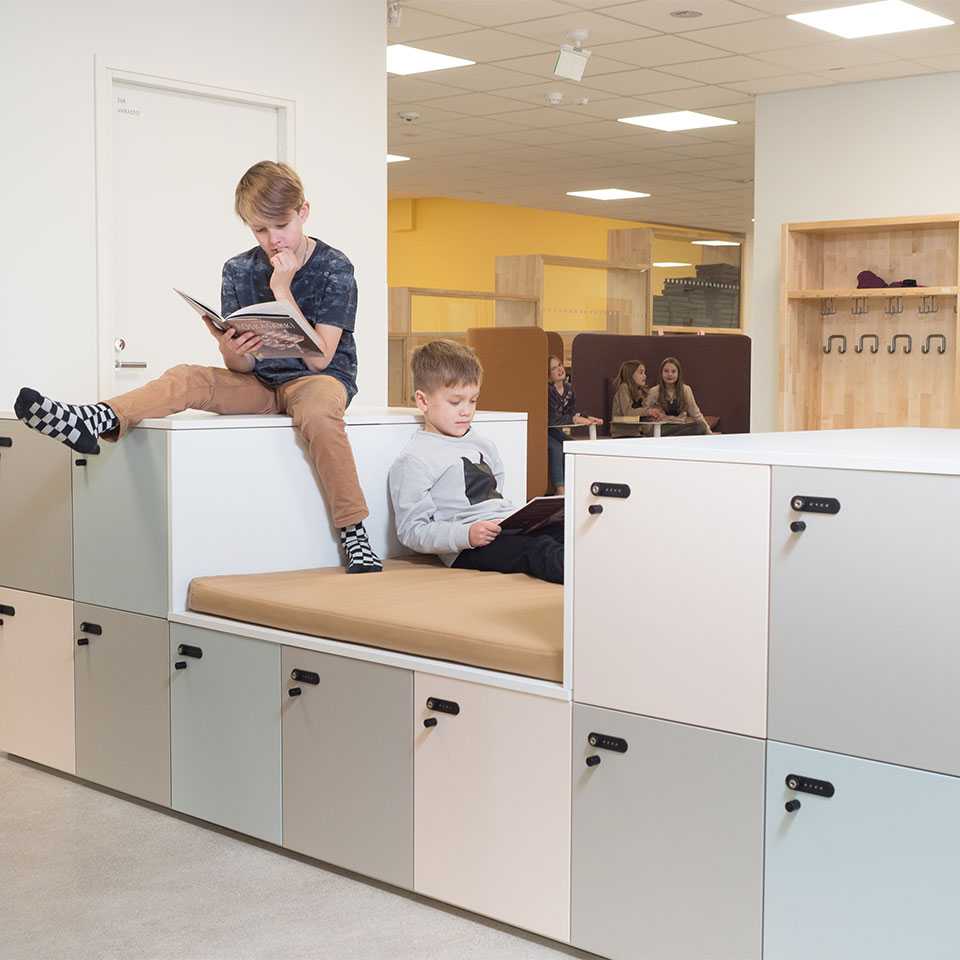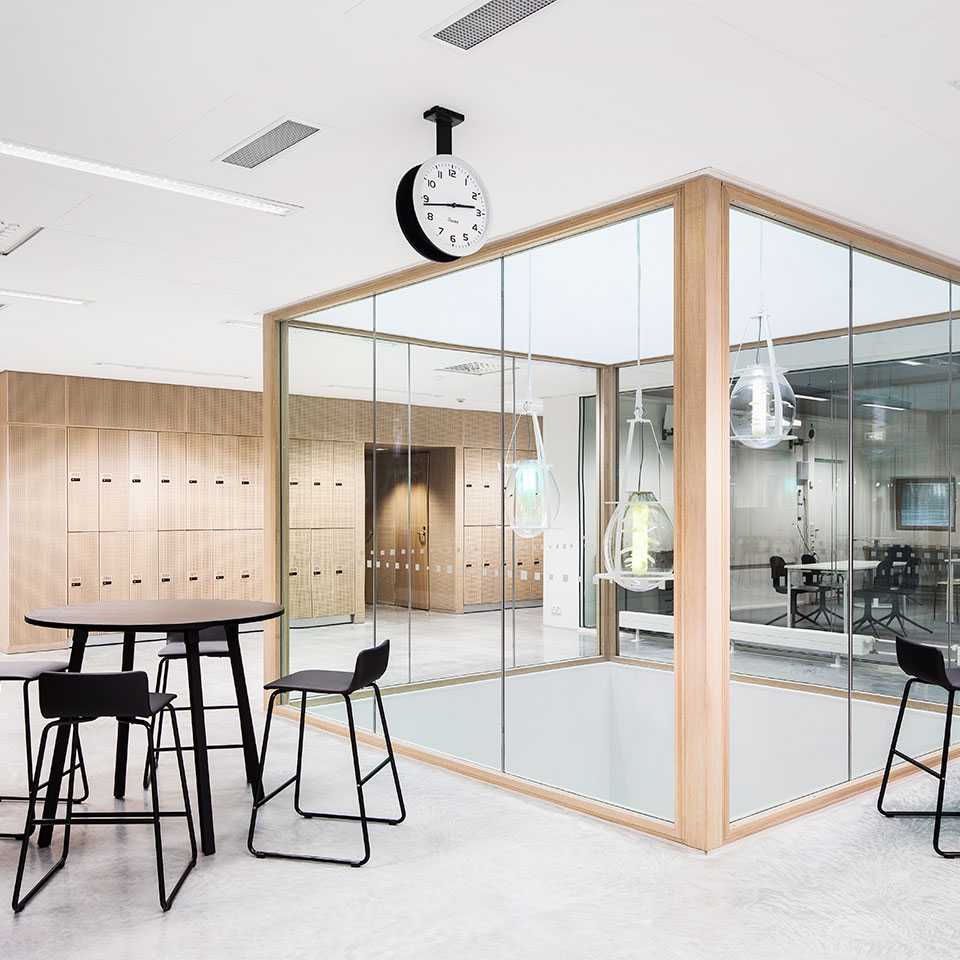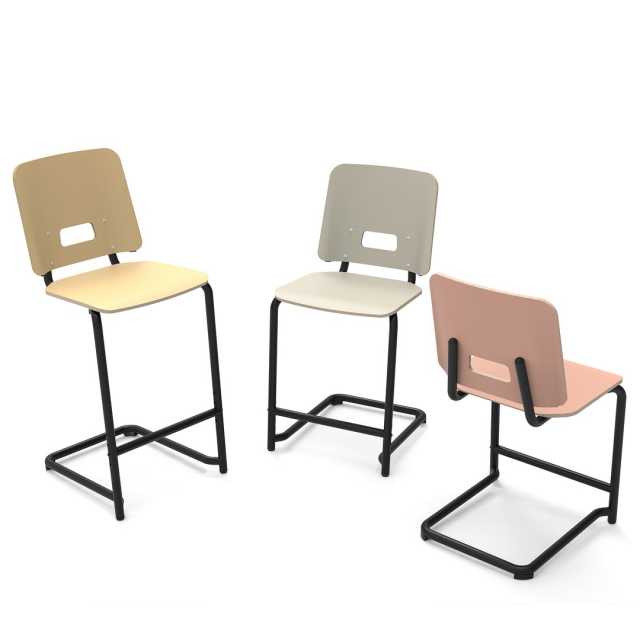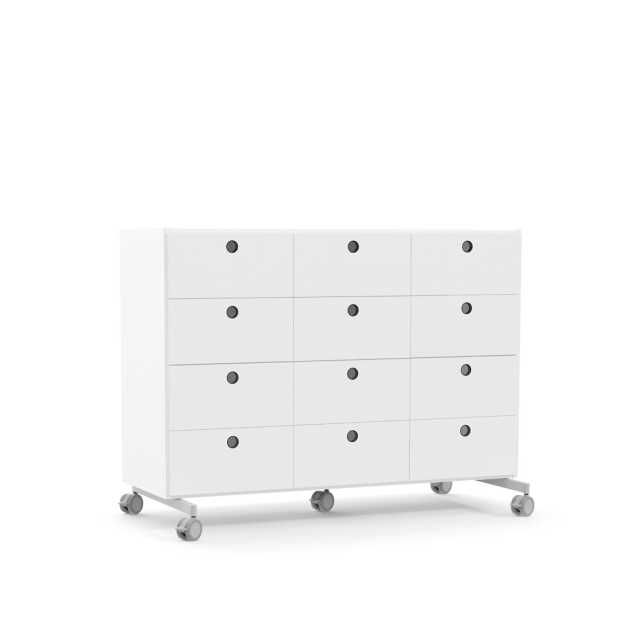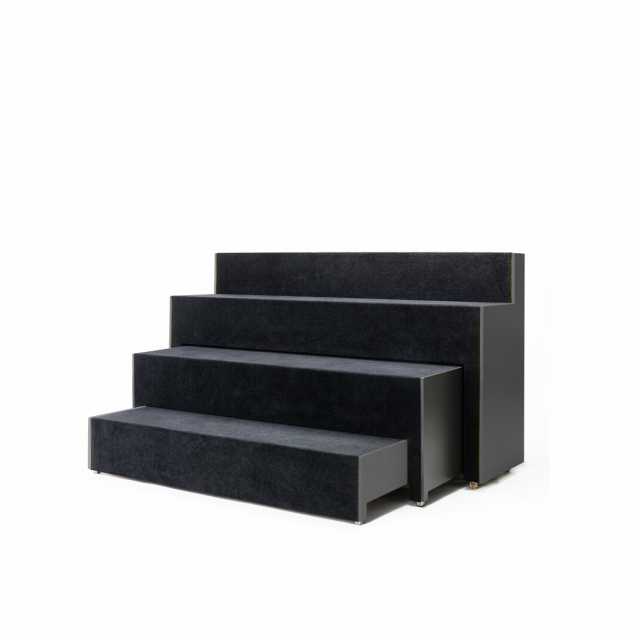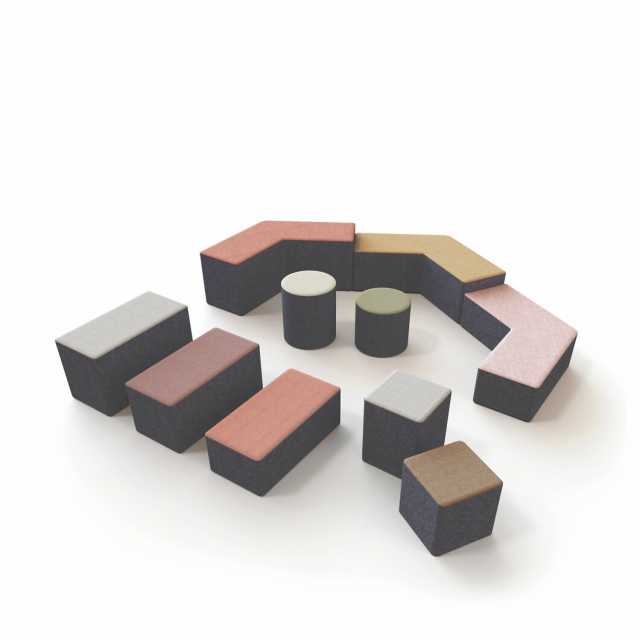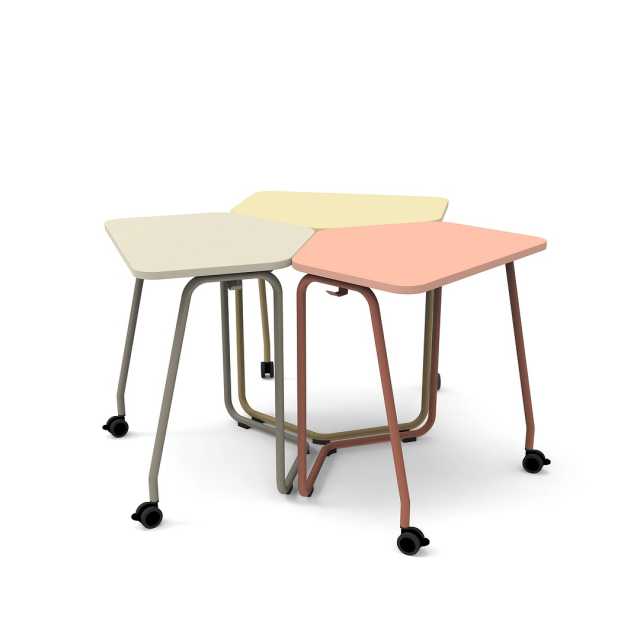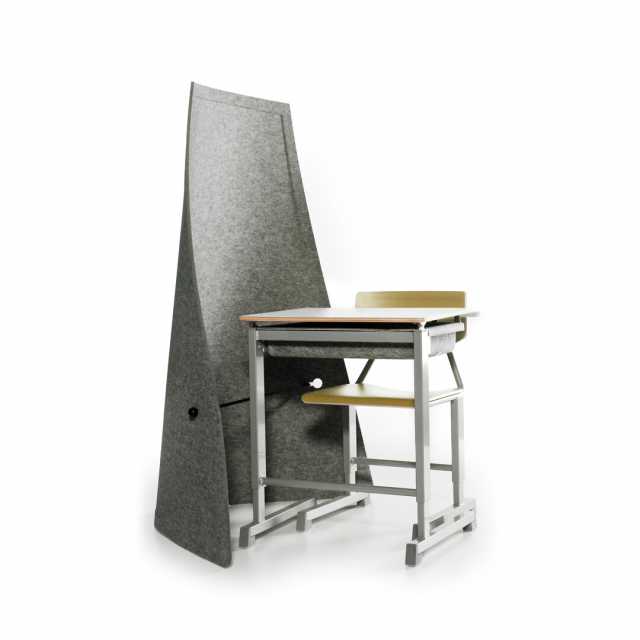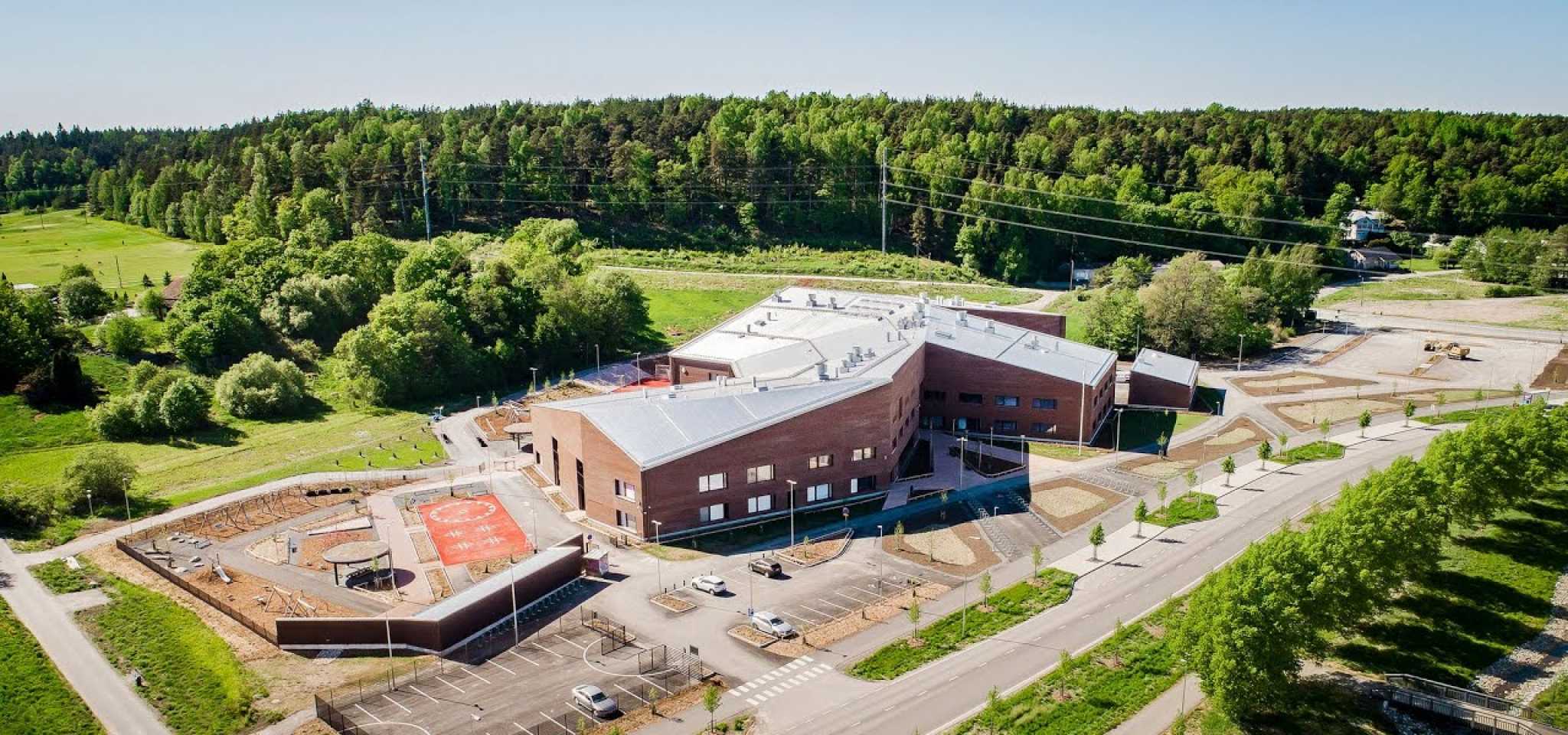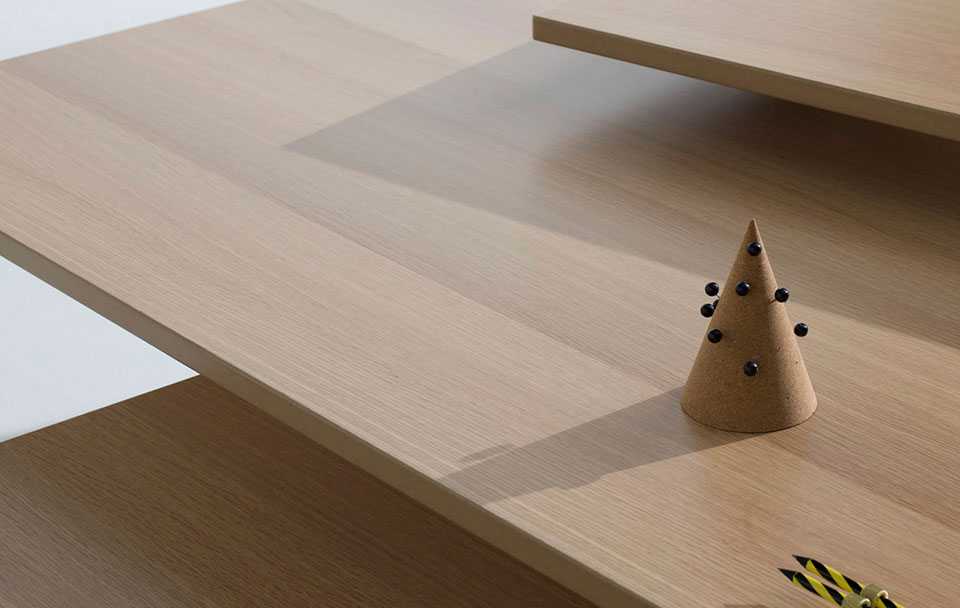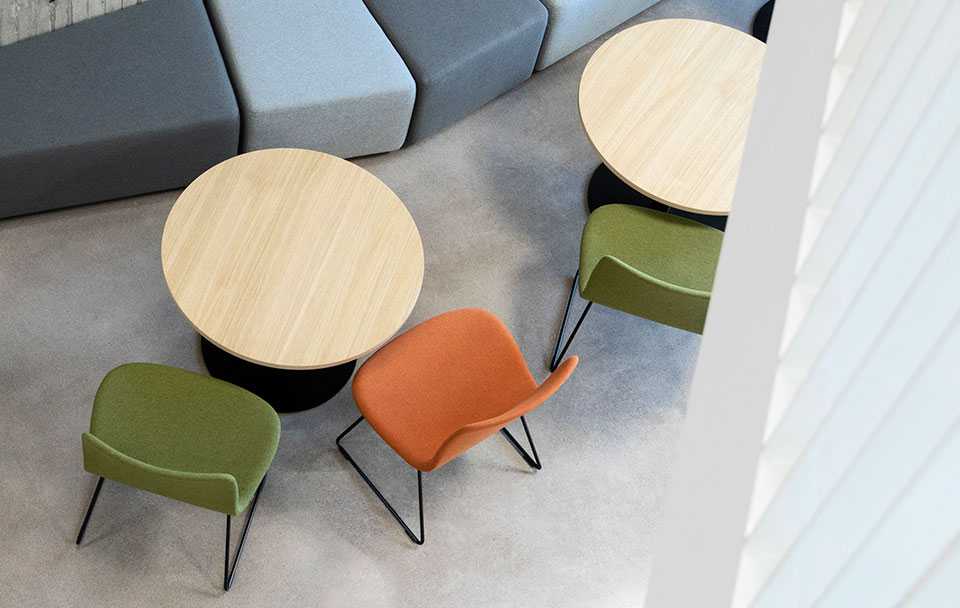Learning environment services
The operating culture at educational institutions is changing radically, and teaching and learning methods are increasingly varied. New practices and methods also require a new type of learning environment. New learning environments should be created in a user-driven and participatory way.
Martela's high-quality and versatile user-centred design services provide an opportunity for joint discussions and the design of a sustainable learning environment:
- Inspirational lectures/infos
- Workshops for different user groups and to support different stages of change
- Survey
- Learning environment concept
Contact us and we will tailor our services to suit your needs!
How can the learning environment continue to respond to the new practices?
Schools and learning environments have traditionally been designed to last for decades.
However, the current pace of change means it is difficult to predict when and how the ways of teaching and learning will change, and what demands this will place on learning environments.
The learning environment survey gives you an overview of the current situation of your institution, as well as research data to base your decisions on. The survey is a cost-efficient, light and easy way to involve all users of the premises in the transformation. The survey charts, among other things:
- Daily activities and their nature
- The functionality of the current premises and the wellbeing of users
- The users readiness for change
The survey result report provides an assessment of the current situation and development needs of your learning environment. The result report also provides an overview of the school's functions and related space needs, which will later support spatial planning.
Continuous learning
Learning happens all the time, everywhere and in every way.
Learning continues throughout life. This mindset offers tremendous opportunities to create more inspiring school environments.
One of the biggest differences from the past is that the teacher is no longer seen as a mere distributor of knowledge. It is now also the teacher's job to help and guide how to learn. Also, students are no longer passive recipients of knowledge, but have become independent information seekers, content and media producers and community members who are actively involved in their own learning. Technology plays a significant role.
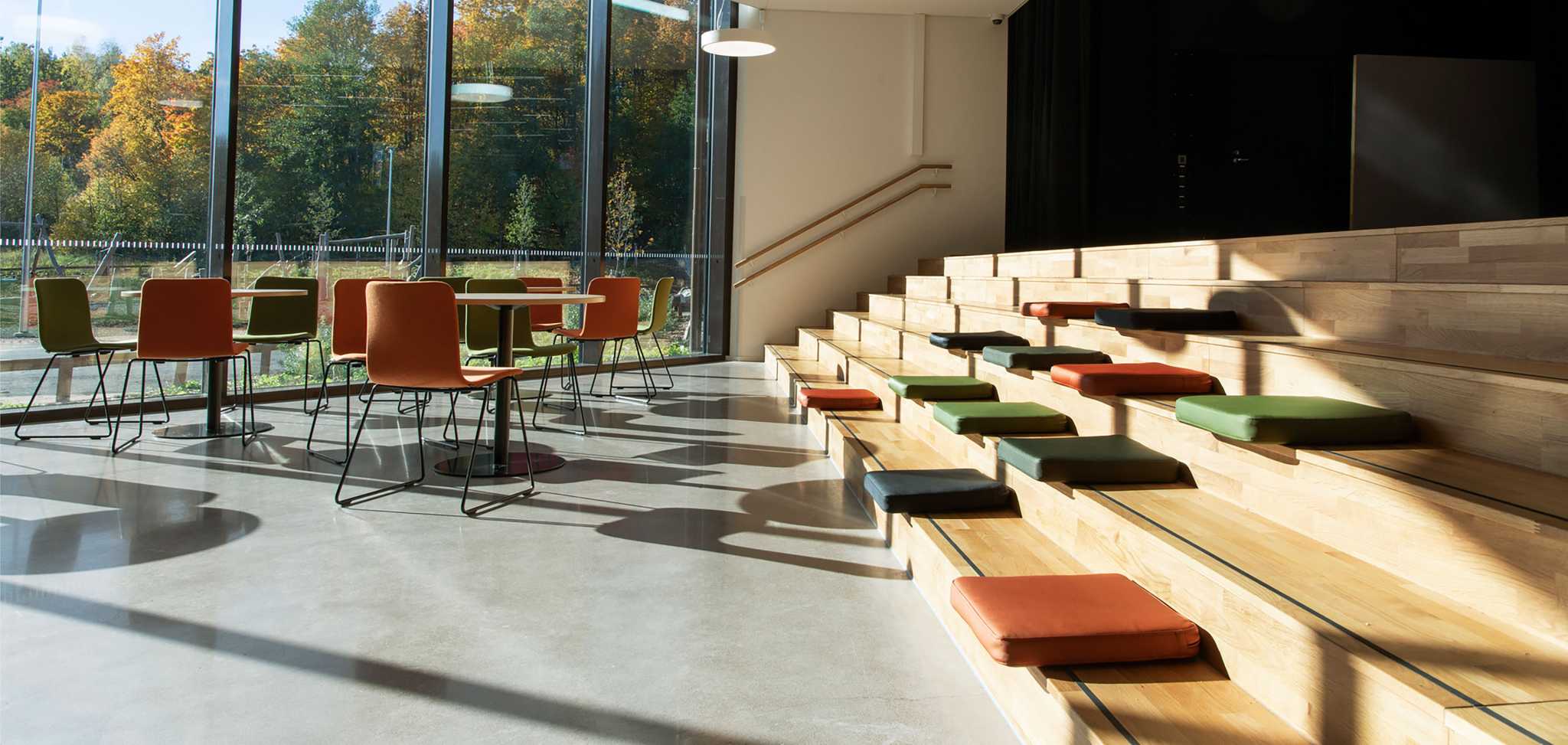
Furniture for learning environments
An environment that inspires learning.
When we furnish learning environments here at Martela, we always aim to create an environment that inspires learning. A requirement for a modern learning environment is that it can be modified quickly and easily. Martela’s school furniture and solutions offer a learning environment that promotes wellbeing for users of different sizes. The timeless and user-driven design of the furniture, the durable and high-quality structures and the ease of maintenance enable us to create long-lasting learning environments. Through functional, multi-locational furniture we can inspire users to try new things and improve their work.
New ways of working, new ways of learning
The change in learning is partly related to the change in working methods.
Today's ways of working include teamwork and co-operation. The same change is visible in schools. Learning is more and more group-centered. Learning in a group is good preparation for students to work in work communities. Students will be familiar with group work from the very beginning. This is how their skills and abilities develop.
In such learning environments, the furniture should be easy to rearrange according to the requirements of the group and the task. Our school furniture is designed for just that. For example, portable space dividers allow for different space and group arrangements. Group learning and group work spaces do not have to be class-like – they can also be relaxed. For example, sofas and beanbag chairs make space much more than just a classroom.
The easily customisable space fits all needs.
Involvement is an integral part of planning.
There are several tools for participatory design. The most effective way is chosen according to the needs of the work community. In particular, the workshops have been perceived as a good operating model, as they create a genuine dialogue.
Good lighting, cleanliness, acoustics and fresh air
Comfort of a space is primarily influenced by ergonomic factors.
The basic requirements for inspiring learning spaces are good lighting, cleanliness, balanced acoustics and good air quality. Other factors that affect comfort are more abstract. For example, how can the space itself be made motivating? What arrangements can be made to ensure a peaceful work environment for everyone? How can we improve social relationships and daily interactions? In comfortable learning environments, users stay healthier and absenteeism is reduced.
It is well known at Martela that school success requires not only adaptable but also comfortable learning environments. Finland is known for its high-quality education. We believe that Martela also has a role to play.
